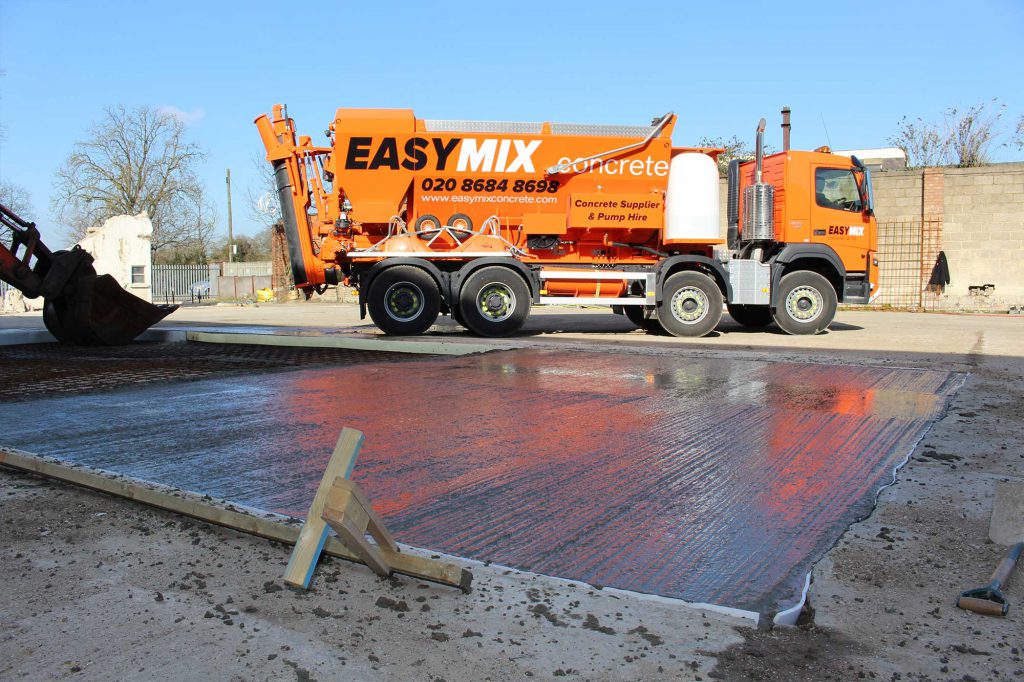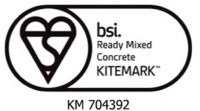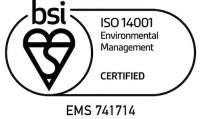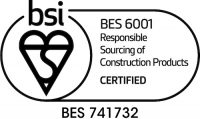If you’re a professional in the industry or you’ve been following our blog, you’ll know that cement is one of the key ingredients of concrete, along with water and aggregates. However, did you know that you can alter the nature of a mix not just by changing the ratio of these ingredients, but by using different grades of cement?
In this article, the EasyMix team are going to be covering some different grades of cement, namely CEM1, CEM2 and CEM3, so you can get a better idea of how they’re used in a professional setting.

What’s the difference?
The difference between different grades of cement can be understood by their different cement content. For example, CEM1 contains 100% cement (but can contain a maximum of 5% of other materials), CEM2 contains 65% cement, with the remaining 35% being made up of fly ash, slag, limestone and other ingredients, and CEM3 contains around 45% cement.
There are also other grades of cement (CEM4 and CEM5), but these are only ever used in very specific circumstances.
Why would you want a lower cement content?
- One of the key features of cement with a lower cement content, such as CEM2 or CEM3, is that it will actually reduce the setting speed. This can be very useful in summer when concrete has a tendency to set too quickly.
- Blended cements also have a key eco advantage over pure cement, which is that the water demand is decreased, so the water-cement ratio can be reduced by a large margin.
- In many cases, blended cements such as CEM2-5 will actually cost less than CEM1, so you can save money on your project by using them. This is particularly useful for large scale construction projects where a great deal of cement is being bought at one time, so a lot of savings can be made.
- In some cases, blended cement can be more durable than its pure equivalent, but it’s not as simple as you’d hope. Blended cement actually has a higher 28th-day-and-beyond strength than pure cement, but it has a much lower strength initially. This means that if you want to opt for consistency, it’s best to pick pure cement, but if you want to bank on more strength down the line, opt for blended.
However, you have to be careful when using different grades of cement because, unless it’s cured to perfection, it’s easy for a mix like this to fail. Unless you are a very experienced concrete mixer, we would recommend you use CEM1 for most of your projects.
EasyMix Concrete is London’s favourite concrete supplier. Whether you’re looking for ready mix concrete or volumetric concrete, we have the expertise and the technology to ensure that you get the perfect mix every single time. If you’re interested in enquiring about our concrete, all you have to do is give us a call and a member of our team will happily assist you.



